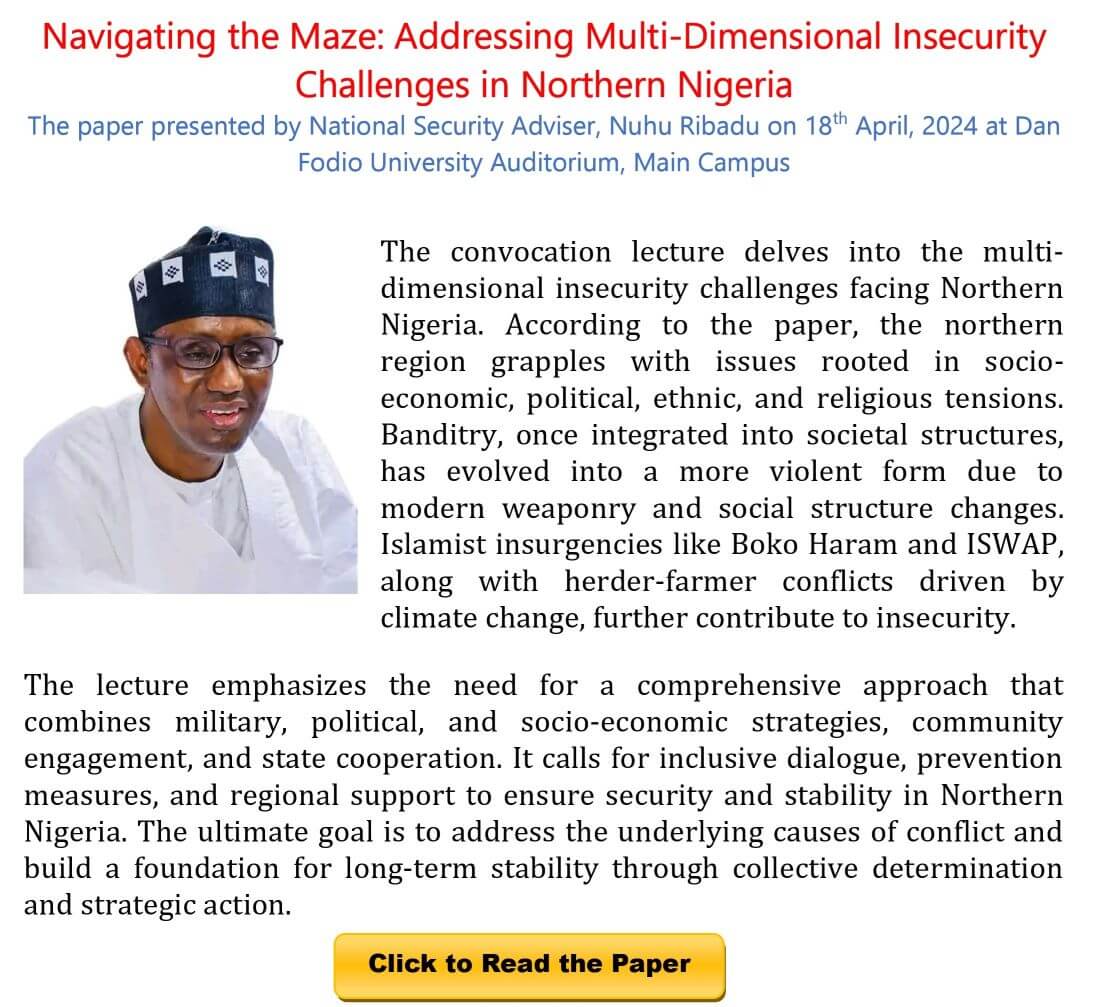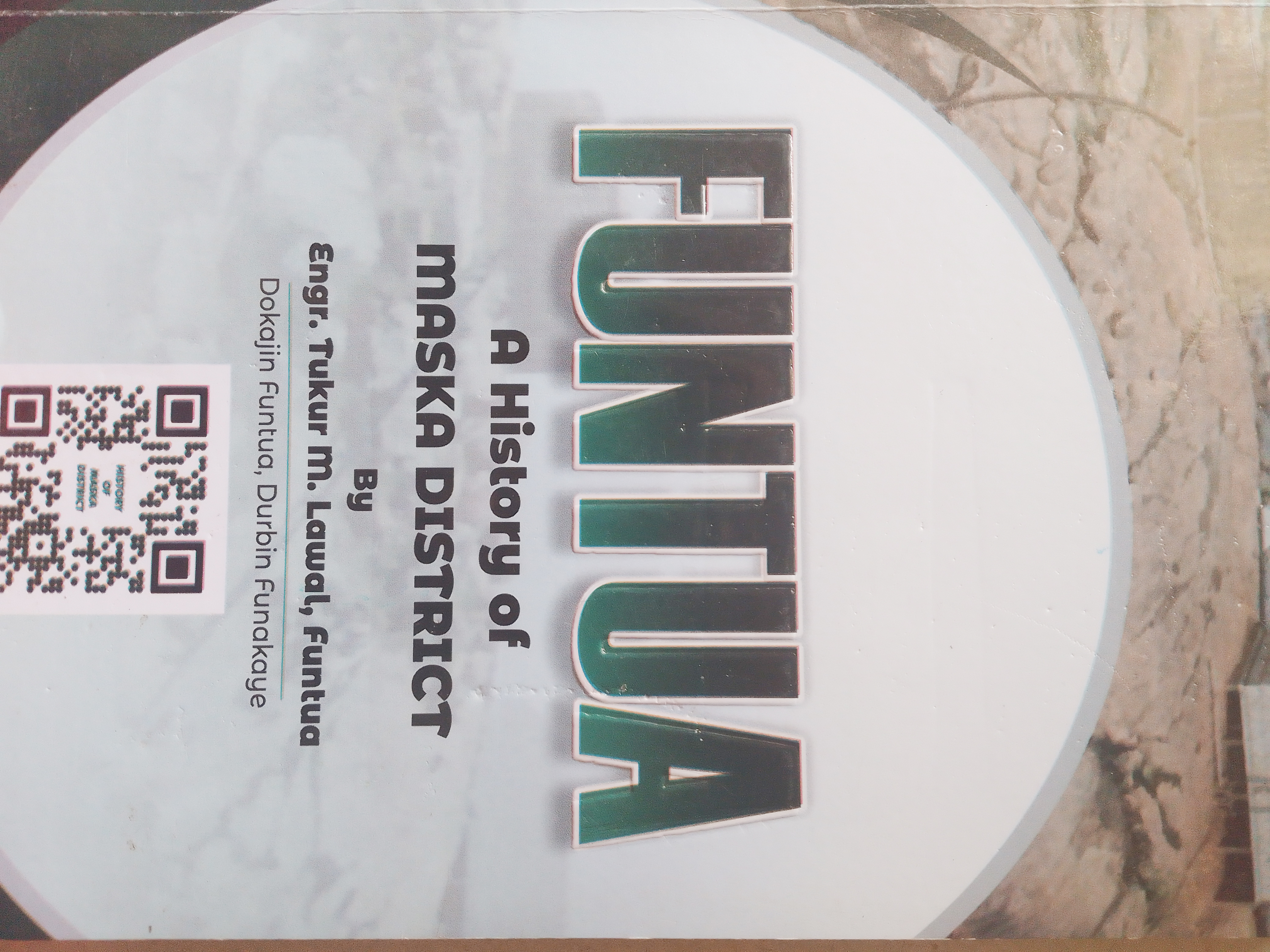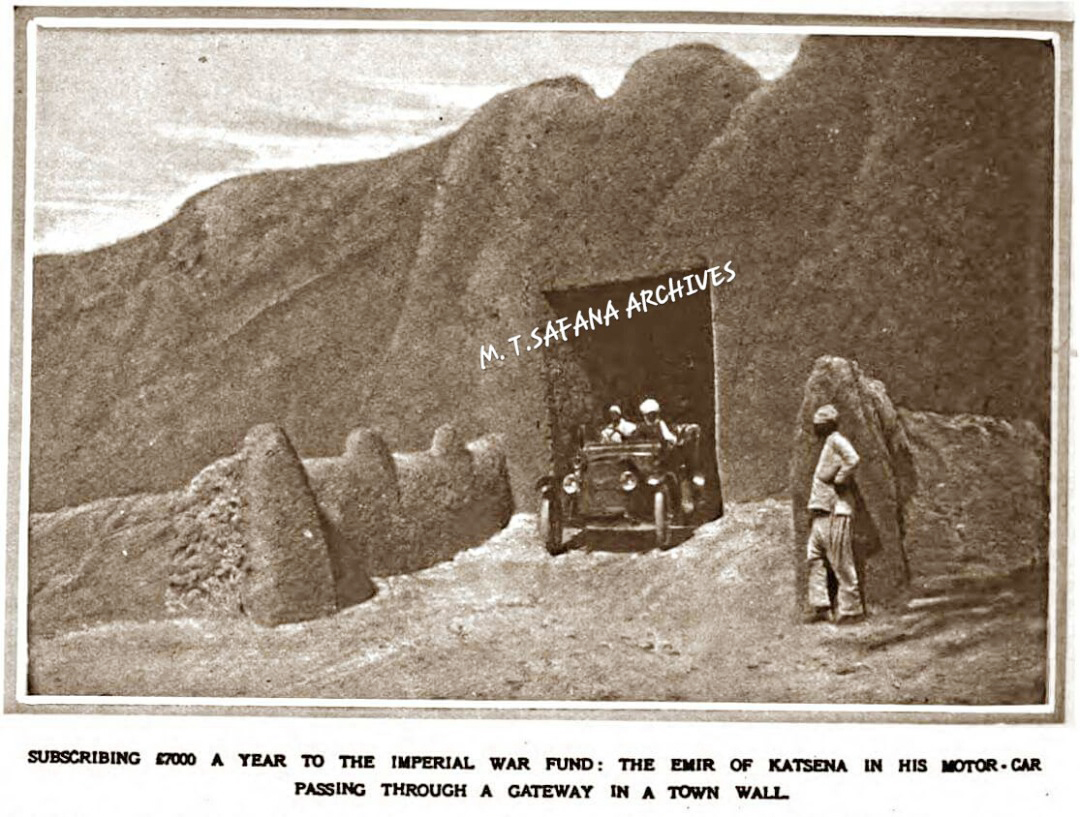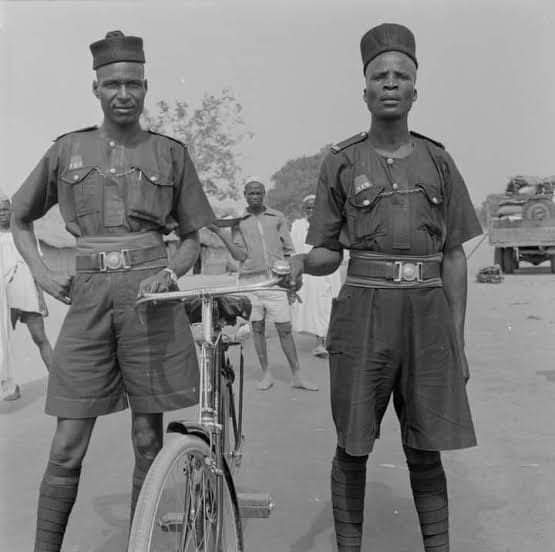Encyclopedia Kanawiyya: The Diary of a Failed Project . -Prof. Abdullah Uba Adamu
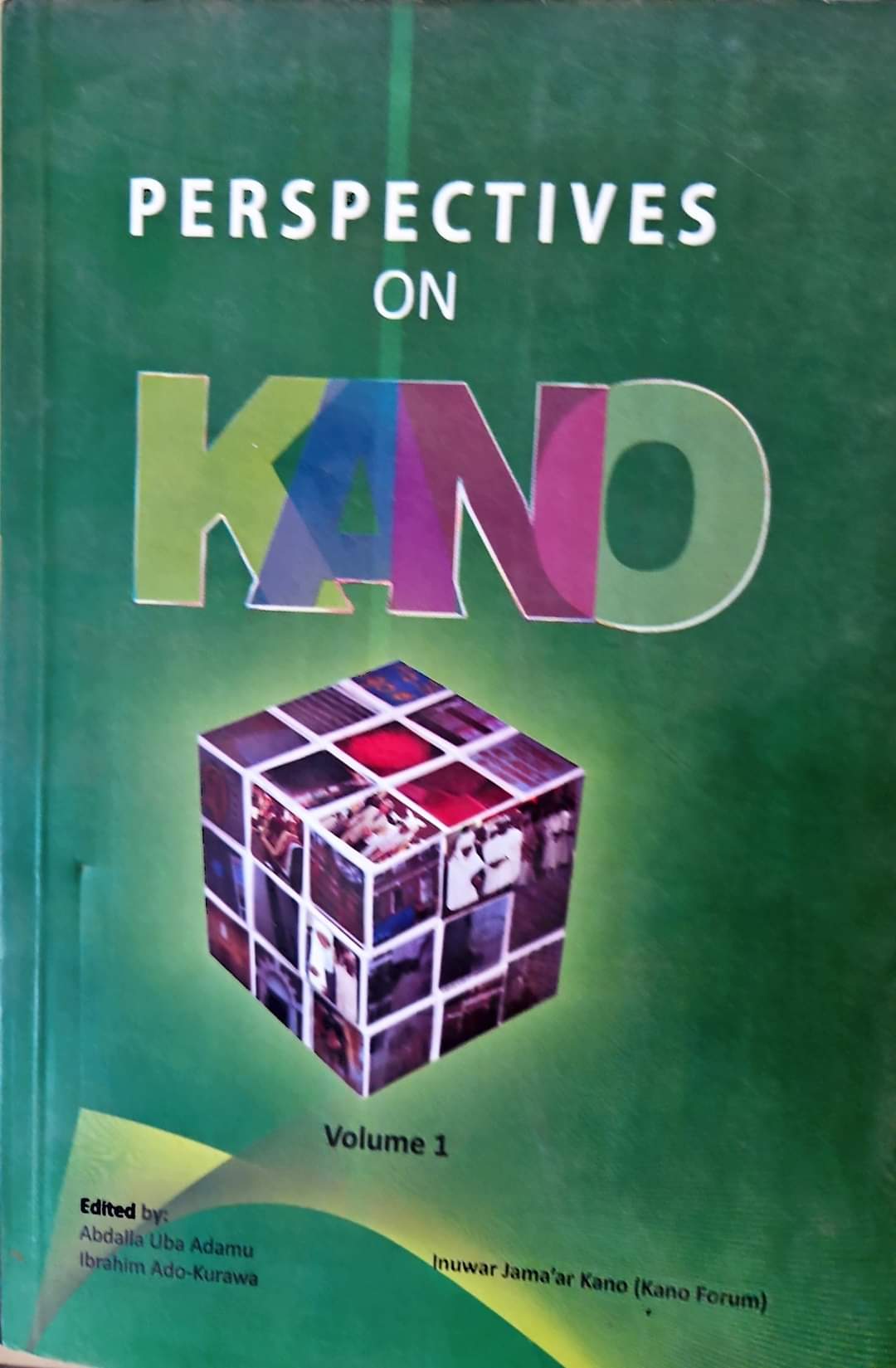
- Katsina City News
- 18 Mar, 2024
- 241
There were four of us. All mid-career. All imbued with a sense of patriotism to Kano. None of us was a historian in any sense, but all were either writers or ICT nerds. And that was in the late 1990s. Myself, Salisu Ɗanyaro, Ibrahim Ado Kurawa and Yusuf Adamu (no, not Prof. Yusuf Adamu). Salisu, living in New Jersey and on the cusp of the internet revolution, joined the bandwagon earlier than all of us and created the first social network site for Hausa people—KanoOnline sometimes in 1999 but fully active in 2001 or so. It was a massive success, as the first of its kind in northern cyberspace. It was a meeting point for all wannabe intellectuals, activists and those with social conscience. Solid debates. Future focus. The site is still there, but without its initial luster due to other wide varieties of platforms.
The four of us got together during one Sallah day in 2000 and decided to counteract the narrative about Kano and northern Nigeria in the light of the Shari’a debate then raging in the country. Ahmed Yerima, then Governor of Zamfara had reinitiated the Shari’a in his State, and other Muslim northern Governors decided to follow suit—whether willingly or not, they had committed to it in their campaign promises.
Both southern Nigerian and Western journalists descended on northern Nigerian spaces with acerbic articles about the Shari’a, painting imageries of people getting their hands chopped off, women being stoned to death, etc. The internet, then virtually unknown to many people in the north, became another battle ground in which the Shari’a in the north was condemned. Ibrahim and myself were already fed up with the numerous American researchers coming to Kano, poking, probing and then writing their own narratives. So, we decided to fight back. Ibrahim, a well established author, had already published a monumental work on the issue: “Shari'ah and the press in Nigeria : Islam versus Western Christian Civilization.” Unapologetic, it pulled no punches about the fact that Shari’a is here to say. It remained a classic study of the conflict between the ‘West’ and the ‘Rest of Us’ in northern Nigeria.
We conceived of a project which I named Encyclopedia Kanawiyya. The title is either ridiculous, pretentious or visionary, depending on your point of view. To be frank, I got it from Hari Sheldon character in Isaac Asimov’s ‘Foundation’ series of classic science fiction books about the Galactic Empire in which a project, Encyclopedia Galactica, is created as a compendium of all knowledge then available in the Galactic Empire intended to preserve that knowledge in a remote region of the galaxy in the event of a foreseen galactic catastrophe. In the case of our Encyclopedia, the internet became the warehouse.
But it served as a focal point for us to create a massive academic online resource about Kano—from OUR perspective. By our, I was not referring to two of us; no, Hausawa, Kanawa, whatever perspective. We have the material, we live in the cultural ecosystem, we understand the trends, and through Salisu and KanoOnline, we have the voice. Further, we wanted it to be a “living” project—constantly being updated (a bit like Wikipedia entries on Kano only).
Full of verve and enthusiasm, and with Microsoft Visio, I set about drawing schematics of the various areas we thought ought to be covered. We identified colleagues in universities who might be commissioned to write solid academic articles on each focal area. We sent letters of engagement, with timelines.
And waited. And waited. When the waiting became too long, we sent reminders. And still waited. Then we started approaching individuals to find out what was happening (maybe we were too pushy?). No, it seems most of our colleagues could not stump up something to write worthy of being uploaded to a website in their areas of specialization. One person gave us 17 pages of a double-spaced document in 14pt Verdana font. When we converted to the format specifically indicated (Times New Roman, single spacing, 12pt), it became barely seven pages. Another protested that we were expecting too much—after all, information given on websites is just scanty (don’t forget, this was in 2000).
In the meantime, we had established the Center for Hausa Cultural Studies in Kano along Zoo Road in 2002. The purpose of the Center was to explore interfaces between media, society and culture; for media was becoming transformed. We were no longer talking about music tapes and their bawdy topics, nor Kannywood and its sexualized singing and dancing. Internet was coming—with all its attendant freedoms (at one stage I was even approached by government official sin Kano on how to BLOCK the internet to prevent young people from accessing unsavory sites!). We need to understand the flow of information freedom and how to maximize the information highway to benefit Kano positively.
Part of our activities at the Center was monthly seminar series in which we invited selected academicians to present their thoughts on any topic dealing with Kano. Only two people agreed to present. People often invited had always a permanent excuse or other. We did at least hold an International Conference on Hausa Home Videos in 2003—the first conference on the video film industry anywhere in Africa. With 53 papers and a book that emerged out of the conference in 2004, it remained our proudest achievement.
Then in 2004 we collaborated with the History and Culture Bureau and held a conference on the 1804 Fulani Jihad and its impact in Kano. Papers were presented, but no one was talking about publishing them. Then Inuwar Jama’ar Kano (Kano Foundation) came in and provided funding for us to publish the papers we might have collected for our Encyclopedia. We became stumped because there were no papers coming in for almost four years. Then the grumblings started. We decided to do something.
First, we pulled the plug out of the Encyclopedia. Killed it. Not happening. Not possible. Not doable. Kano doesn’t have that gumption. Second, using various existing archived materials, we harvested papers from some of the other activities we conducted, none published, and I put them all together and produced a manuscript. It was titled “Perspectives on Kano Vol 1.” (2010). Ibrahim and myself edited, and sent it to a printer using the funds provided by the Kano Foundation. We submitted the book and a report. Regretfully, there is no electronic version of this book, but I have included its Table of Contents below.
Classic papers included Abdulkarim Dan Asabe’s “Biography of Select Kano Merchants, 1853-1955”, and Alhaji Kabiru Sani Hanga’s monumental detailed study, “The Hajj Exercise in Nigeria: Challenges, Constraints and Drawbacks”, written from the perspective of an insider. Or Nasiru Wada Khalil’s brilliant “Language Patterns, Etiquette and Address Forms in Kano Emir’s Palace.”
By the way, this volume was different from a similarly titled “Perspectives on the Study of Contemporary Kano” (2013), edited by Sule Bello, Murtala Muhammad, Mansur Ibrahim Mukhtar and Yusuf Bala Daraja, published by ABU Press and Acibilistically available at Researchgate.
End of discussion.
All this took TEN years to do. I had almost forgotten about this process when @Abdulbasit raised it in a lengthy conversation recently. Of course, I had not known him in 2000 (I first met him in 2016 during a conference at Northwestern University, Evanston when he came to visit me, ‘having heard so much’ about me!), but our conversation revolved around this failed attempt to document Kano for internet audiences. We both lamented the monumental failure in actualizing Encyclopedia Kanawiyya. The issue in our conversation was that now, more than ever, was the time for this project. And he asked, rhetorically, I am pretty sure, ‘why not revive it?”
Not me. I am done. There is a new breed of sharper knives in the academic and cultural drawer (e.g., Aliyu Salisu Barau, Murtala Muhammad, Kabiru Haruna Isa, Muhsin Ibrahim, Abdussamad Ahmad Yusuf, Fatuhu Mustapha, and a whole galaxy of others). I am quite willing to hand over the schematics to them, as I initially thought I had deleted them; but I discovered them in an old hard drive. I am going back to my Hari Sheldon Galactica fantasy. Easier to handle.
Illus. Perspectives on aborted birth.
Leave a Reply
Your email address will not be published. Required fields are marked *




